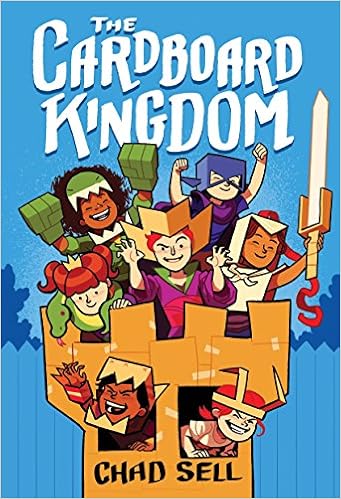 |
| image via Unsplash |
It's good to be back. I got overwhelmed by online teaching and a couple of other projects that landed on my plate. I felt like something had to give, and that something was Poetry Friday. All of my writing energy needed to be directed to the other projects. The time I spent on Saturday mornings with a cup of tea and the Poetry Friday roundup would be better spent on those projects or on school work.
Thank goodness for snow days. We've had the Gift of Time three Tuesdays in a row, and my pressure valve is back to a more livable level. (The house is also just a wee bit cleaner, too.)
And thank goodness for Lent. Although neither of us is particularly religious, a friend from college and I have been using Lent as a time to set goals and cheer each other on. My goal for this year is to write a small poem every day. One haiku, one acrostic, one Golden Shovel. Just a few words. But I want to -- I NEED to -- recover my writing life...and my connection to this Poetry Friday community. Hopefully, this Lenten recharge will give me the boost I need to do a Poetry Month project in April.
Yesterday, Audre Lorde was featured in the Google Doodle, and coincidentally, was featured in my daily ancestor acknowledgement. I explained "intersectionality" to my students for the first time in my career. Then we went on to watch the episode of QED With Dr. B "What is Race?" to provide common language and baseline information for next week when we tackle our social studies standards about culture, cultural diversity, and mainstream culture. I have to get past my fear of making mistakes in these conversations, because the conversations are too important NOT to have.
Your silence will not protect you. -- Audre Lorde
Talking openly with your
students about race is necessary. Silence
is fear, and fear will
keep you frozen. You will not
grow without risk, and neither will they. You can't protect
them from hard truths, so invite them to explore and learn along with you.
©Mary Lee Hahn, 2021 (draft)
Ruth has this week's Poetry Friday roundup at There is no such thing as a God-forsaken town.
























